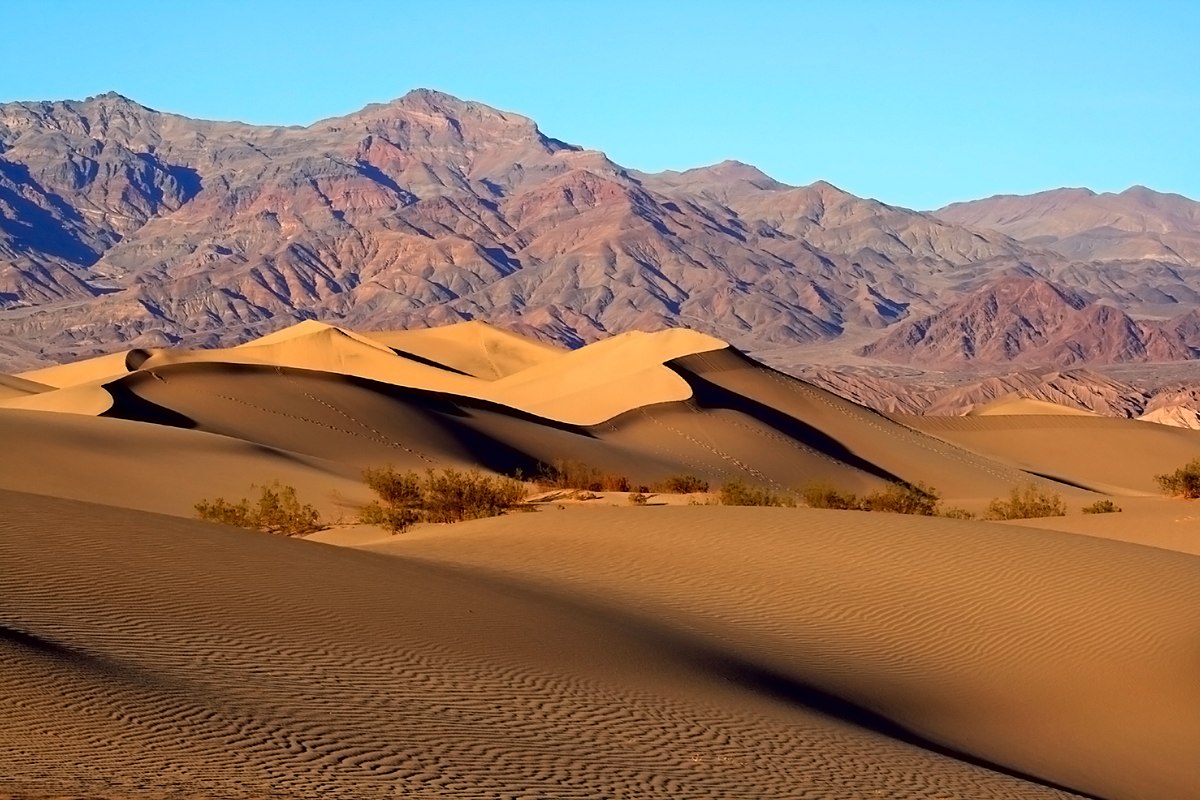The Mojave Desert is a remarkable region in the southwestern United States that spans parts of California, Nevada, Arizona and Utah. Despite its dry and extreme climate, it teems with life and draws the interest of scientists, travelers and filmmakers from around the world. Known for its unique rock formations, rare plant and animal species and diverse landscapes, Mojave offers more than just sand and heat. It is a desert full of contrasts, history and innovation. Here are some fascinating facts about the Mojave Desert that you may not have known.
- The Mojave Desert is one of the hottest deserts in North America. During summer, air temperatures can rise above 50 degrees Celsius. Only the most resilient organisms can survive in such conditions. Yet life in the Mojave continues to thrive in unexpected ways.
- One of the desert’s most iconic plants is the short-leafed yucca, also known as the Joshua tree. This plant is endemic to the Mojave and does not grow anywhere else in the world. The famous Joshua Tree National Park was named in its honor. For many Indigenous peoples, the tree holds spiritual significance.
- Death Valley, located within the Mojave Desert, is the lowest point in North America. It lies about 86 meters below sea level. It is also one of the hottest places on Earth, with a recorded temperature of 56.7 degrees Celsius. Despite its ominous name, the valley hosts a surprisingly rich ecosystem.
- The Mojave is not just sand and flatlands. It includes mountains, canyons and dry lake beds. The most famous of these is Racetrack Playa, where rocks mysteriously move on their own across the surface. Scientists have since explained this as the result of thin ice sheets forming overnight.
- Many unique animals inhabit the Mojave Desert, including the desert tortoise. This species can survive for weeks without water by storing fluids in its bladder. It is currently protected due to the threats posed by human activity. Other animals include coyotes, rattlesnakes, jackrabbits and rare species of bats.
- The Mojave Desert hosts the highest concentration of military training areas in the United States. It is home to Fort Irwin and other key military installations. These facilities use the extreme environment for realistic training exercises. The military presence plays a significant role in the region’s economy and security.
- One of the most impressive solar energy projects in the world, the Ivanpah Solar Power Facility, is located in the Mojave Desert. It consists of over 300,000 mirrors that focus sunlight onto central towers to generate electricity. This facility demonstrates the viability of renewable energy even in harsh environments. It provides electricity for thousands of homes in California.
- Mojave is also known for its ghost towns, remnants of the gold rush era. One of the most famous is Calico, now restored as a tourist attraction. Visitors can explore old mines, wooden buildings and saloons that preserve the spirit of the Wild West. These towns are living monuments to American frontier history.
- The historic Route 66 passes through the Mojave Desert. This legendary highway once connected Chicago to Los Angeles and is now a symbol of American road culture. Portions of the route still exist, complete with vintage motels, gas stations and diners. Even in the desert, the legacy of Route 66 lives on.
- Mojave’s dramatic scenery has made it a popular filming location. Movies such as Mad Max, Inception and Star Wars have been partially filmed here. Its rugged and alien landscape is perfect for science fiction and post-apocalyptic settings. Filmmakers from around the world are drawn to its cinematic atmosphere.
- Indigenous peoples such as the Mojave, Paiute and Chiricahua have lived in the region for thousands of years. Their cultures were closely tied to the desert landscape and focused on balance with nature. Elements of their languages, crafts and traditions are still preserved today. Modern descendants continue to honor and share their ancestral heritage.
- Despite its harsh conditions, the Mojave Desert also inspires art and creativity. One famous example is the Seven Magic Mountains, a public art installation of brightly colored rock towers near Las Vegas. The site symbolizes the harmony between nature and human expression. It attracts thousands of visitors each year seeking beauty and inspiration.
These incredible facts about the Mojave Desert reveal that it is far more than an arid expanse. It is a place of life, science, history and imagination. Mojave blends wilderness with human innovation and serves as a reminder of the resilience of both nature and people. Exploring this desert opens a window into the wonders of the natural world and human creativity.





